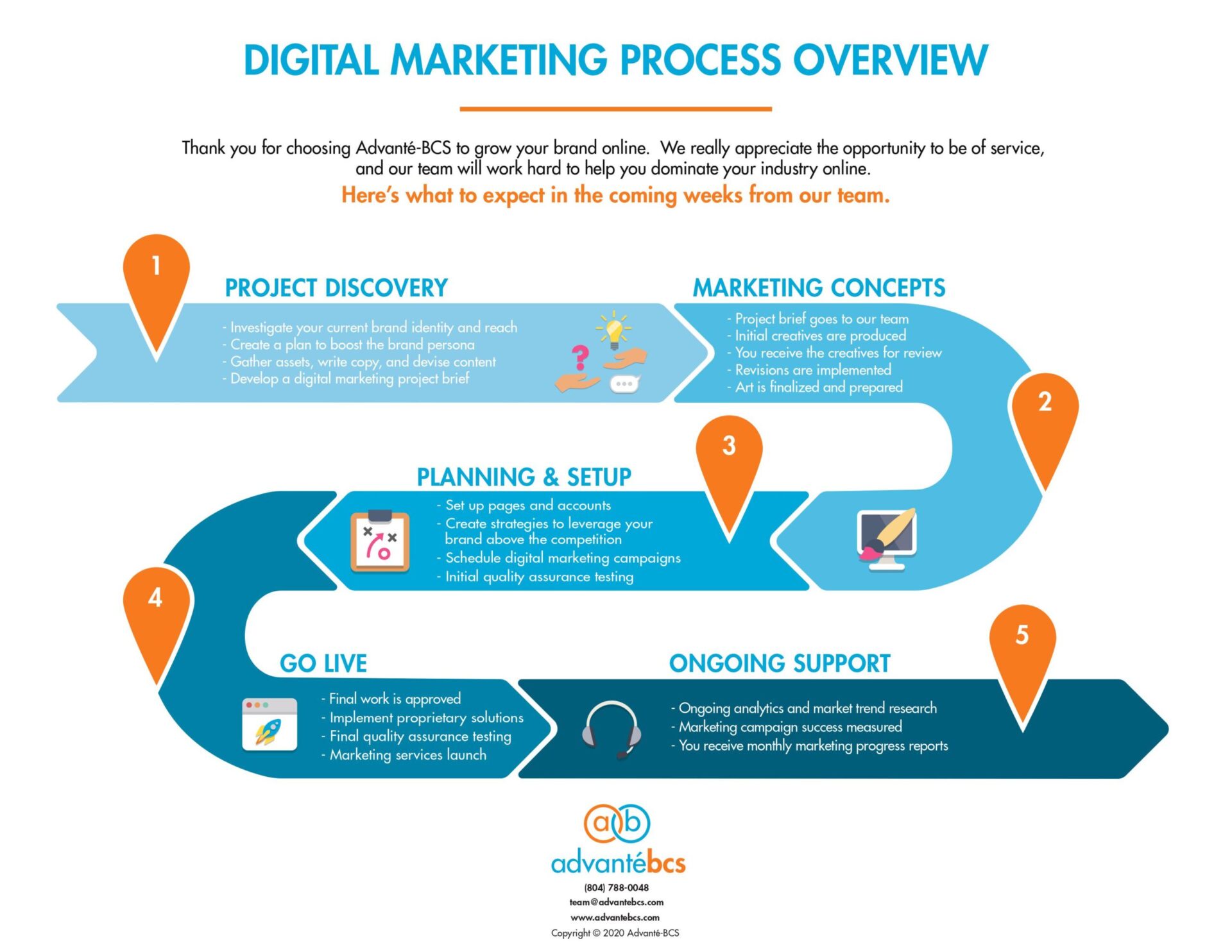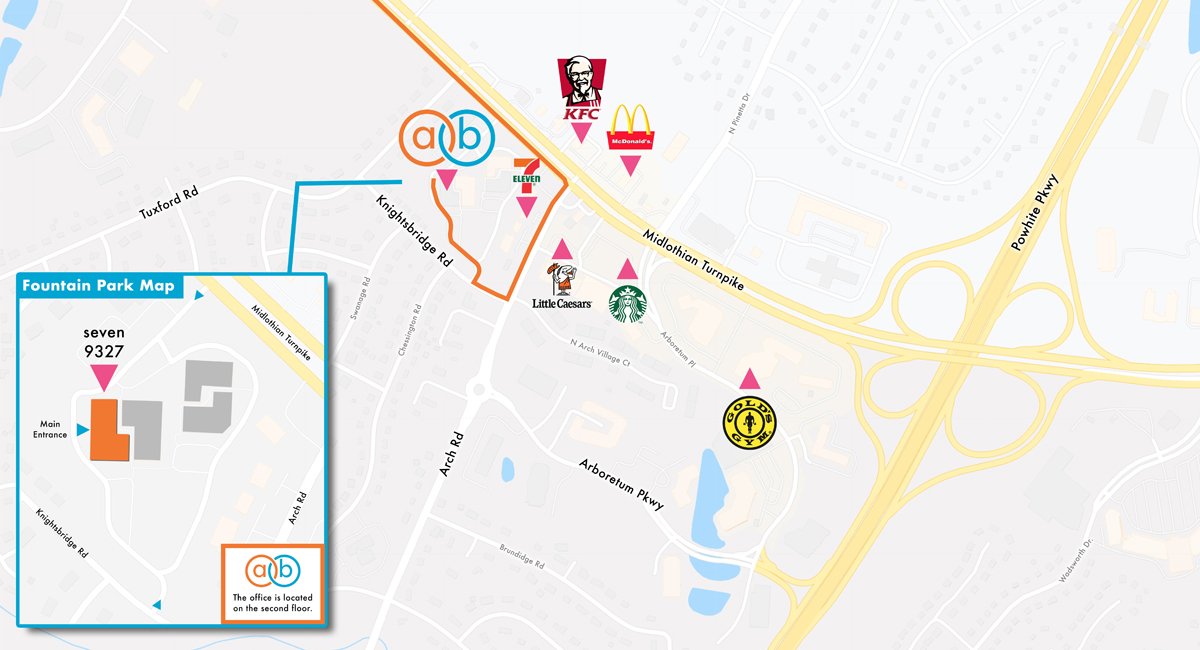
Ensuring your website is responsive is a necessity for businesses. You never know how your prospects access your website, so you need to ensure that it functions well and looks as intended on any device. Businesses can most easily achieve this through Responsive Web Design.
What is Responsive Web Design?
Responsive Web Design, or RWD, is a website design term that refers to the practice of making websites and web pages that render well and are accessible on any kind of device, screen size, or internet browser.
It is considered the best practice to ensure your site has a responsive design due to the increased amount of browsing options, including mobile and tablet viewing.
This is especially true when considering the recent increase in mobile device usage. If your prospects and customers can’t view your website on their smartphones, the unfortunate truth is that many will be unable to learn about your business or take the necessary next steps in making a purchase from you.
Why is Responsive Web Design Necessary?
The look of your website is a massive part of your business’s branding. As even brick-and-mortar businesses are becoming increasingly present online, your brand’s site is your introduction to many prospective clients. You must now greet prospects with a welcoming website, much the same way as you’d greet them with a warm smile, proper titles, and a beautifully laid-out office or store.
Marketing reports show that users react best to websites with unique design, clean layouts, easy-to-access information, and technical factors like fast loading speeds and, yes, responsive design. Now that clients are using a variety of browsers to find businesses, your website must have the responsive web design fundamentals necessary to look its best.
Responsive design isn’t just about looks – leading search engines like Google consider your website’s responsiveness when determining their rankings or how high you show up on their results pages. Websites that load well across all browsers and devices tend to rank higher, and it’s understandable why.
Think about yourself as a shopper – would you pay attention to a website that took too long to load in your internet browser of choice, or that was poorly laid out and confusing to navigate on your smartphone?
You’d likely lose trust in the website when running into these issues. They may even bar you from completing the actions you need to make decisions about that business or move forward with a purchase. Your customers will feel the same.
How to Make Your Site Responsive
Many modern websites are built with responsive design in mind, even those created on do-it-yourself website builders. However, if your website was built a long time ago, or you hear that it doesn’t seem to look good or function correctly for some of your customers, the site will likely need to be adjusted to ensure it’s responsive.
For a site to be considered “responsive,” it has to be built with a flexible foundation, scalable images and layouts, and the ability to enable different views in different contexts. These items, among others, will ensure that your website is “fluid” and adapts to various screen sizes.
Responsive doesn’t mean that your website has to be an exact duplicate on every device. You may find that different layouts work better on different screen sizes because of the varying contexts in which users operate their devices.
For example, the desktop version of a site may have the business’s phone number displayed near the corner of the screen, but the site’s mobile version has the phone number on a clickable button, front and center. Context and users’ intentions are key in creating the best responsive websites.
Get Help Creating A Responsive Site
If you think your site could benefit from incorporating RWD, or if you know of a few items that need updating to improve its responsiveness, our team is here to help.
At Advanté-BCS, we have decades of experience helping our clients build their brands through modern web design. If you have questions about improving your website or about how to better market your brand online, we encourage you to reach out to our team to learn more.





























